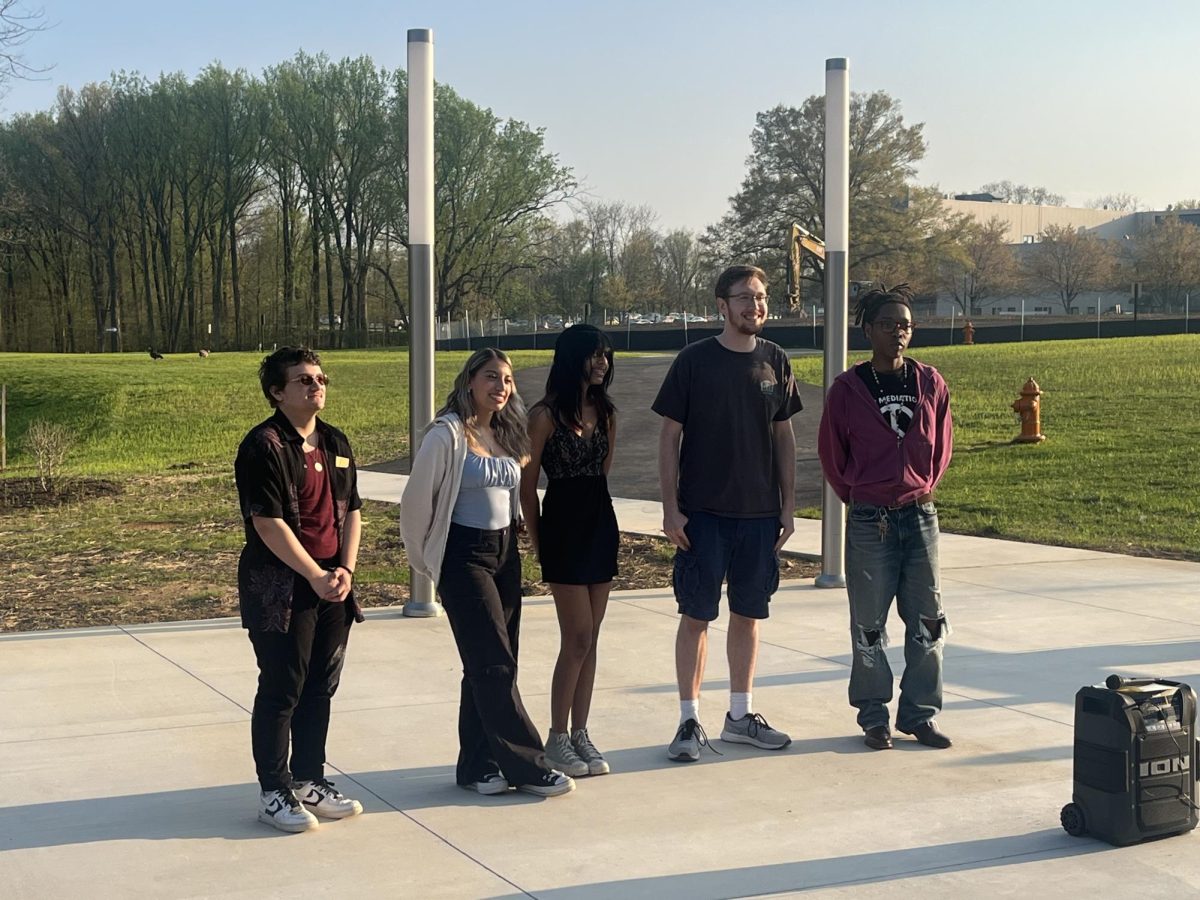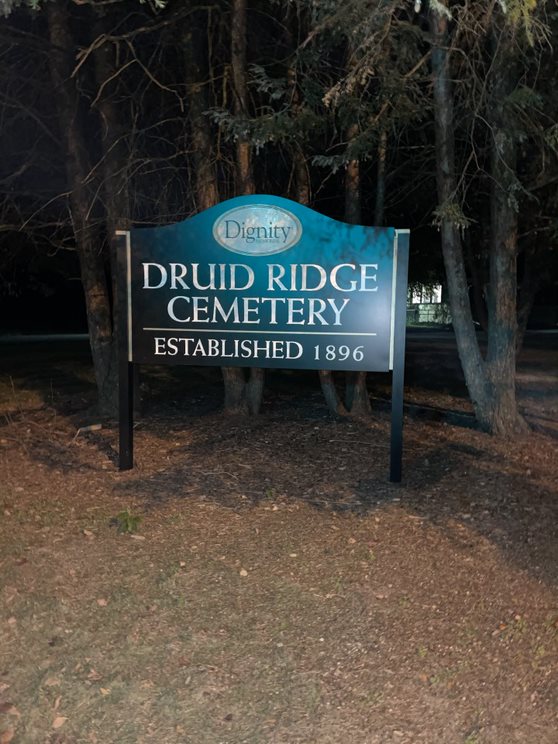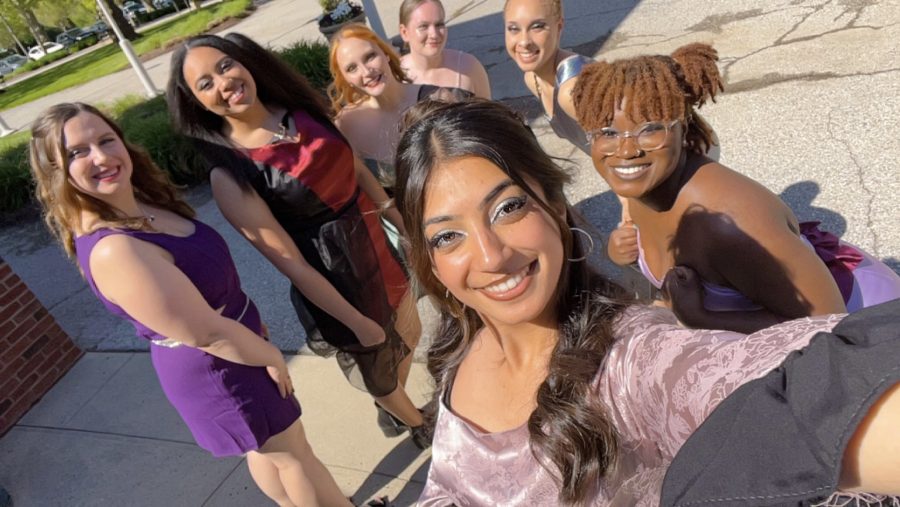By: Kristin Baitinger
If you’re on a hunt for something really spooky this October, you won’t have to go far. Just minutes from campus, in Pikesville across from the Giant food market, is the ancient and foreboding Druid Ridge cemetery, one of the truly haunted places in the United States.
It’s not about ghosts or goblins or skeletons or vampires. It’s about the legend of Black Aggie.
Black Aggie is an urban legend that goes back to the early twentieth century when a mysterious statue perched above a grave, was said to mark the final resting ground of a witch. The bronze sculpture, placed in Druid Ridge in 1925, sat for more than 40 years.
The dead witch wasn’t even the most terrifying thing about the grave. Supposedly the eyes of the statue would glow at night. And even worse than that, if you dared to jump into Black Aggie’s lap at midnight, it was said that you would die within two weeks.
In truth, the statue was a haunting depiction of a woman with a huge black hood obscuring most of her face. Black Aggie is the folkloric name given to the sculpture which was placed on the marker of General Felix Agnus. He was a decorated Union Army general in the Civil War and publisher of the Baltimore American newspaper, an organization going all the way back to the 1700s and once the professional home of the famous journalist, H.L. Mencken. Agnus died on Halloween itself, in 1925, at the age of 86.
As the years went by, Black Aggie’s reputation grew, and her site became a popular gathering ground for teens and other trespassers looking for a thrill. It was rumored that a local fraternity used her as a backdrop for hazing aspiring members. (Those poor pledges had to stay the night in her arms.) It may have been more of a blessing than a terror for them since one of the wives’ tales had it that those who visited Aggie at midnight would lose their virginity within 24 hours! Another mysterious detail of Aggie’s story was that the grass would never grow around her.
These urban legends led to unwelcome attention for the graveyard and even a good deal of vandalism. Eventually, the Agnus family donated the statue to the Smithsonian Institution in 1967, thus ending both the stories of terror and the unwanted, late-night tourists.
But even in Washington, D.C. Black Aggie continued to agitate. She was moved from the museum to a courtyard behind the Dolley Madison House on Lafayette Square in Washington, D.C. where she still sits. And at the Druid Ridge Cemetery, the former home of Black Aggie, the bare, blank pedestal remains to this very day.
If you’re interested in spooky urban legends, Black Aggie is the right story for you this Halloween. Grab a group of friends (count them before you leave) and take a trip deep into the heart of darkness. Go to Washington, D.C. to see the real Black Aggie statue. Or, if you have the guts, head to Pikesville to see where the legend first originated.









































